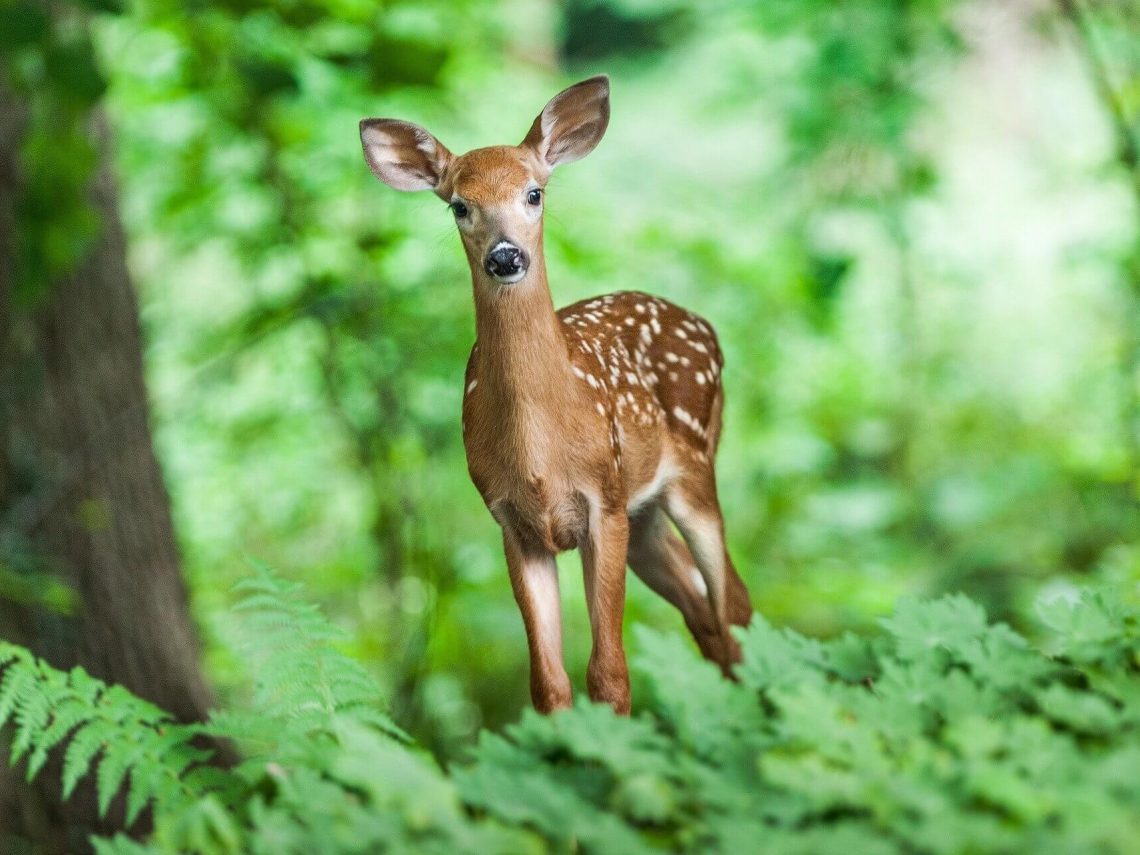
The Nature Recovery Network: Joining the Dots
What Do We Mean by a “Nature Recovery Network”?
The Nature Recovery Network is possibly the most ambitious undertaking of the Wildlife Trusts in the UK.
This month we have been diving into habitat fragmentation, and the problems wildlife faces a result. We have so far looked at places where this is an isolated issue and a single fix, such as sustainable plantations, building bridges or reducing CO2 emissions, could solve the problem.
The Nature Recovery Network initiative is looking at the issue on a far bigger scale. As big as a whole country, in fact.
Because the thing is, wherever people are, habitat fragmentation is probably occurring. So the Wildlife Trusts are taking on this project to map and make changes across the country to bridge those wildlife voids.
The ultimate goal? To allow wildlife to move freely and safely across our country, all the while, benefitting us in the process!
How Will a Nature Recovery Network Help Me?
“The air is cleaner, and the hubbub of vehicle noise has almost vanished from the streets. Nearly all buildings seem to have green roofs, or even green walls. Housing estates now come with green arteries, many of them incorporating old hedgerows and trees.”
Towards a Wilder Britain– Wildlife Trusts, 2018
In my article “7 Reasons Why Britain Needs Nature”, I took a look at all the ways in which we benefit from nature on a massive scale in this country.
The Nature Recovery Network, if successful, would only help to multiply these benefits!
Where Do We Start?
Pockets of Nature
In Britain, we seem to have assigned our nature to discrete “pockets” of our island.
National Parks, Sites of Special Scientific Interest and Areas of Outstanding Natural Beauty have been affording special levels of protection along with Marine Protected Areas around our coastline. Nature Reserves and some other private land can also be added to this list.
Mapping
Our first job is to map where these areas are.
The plan is that each local authority would produce a “Local Nature Recovery Map”. This would set out where the areas where most and least wildlife is present and where the biggest gains could be made.
The maps would be the basis for future planning and funding.
Protecting
We then need to protect the areas we have identified as already being abundant in wildlife and use them as the basis to radiate outwards and join those dots!
Levelling Up to a Nature Recovery Network
Prime Minister Boris Johnson seems to spend a lot of time talking about “levelling up” the country lately. He’s not talking about nature, but I am.
Whilst this project is a massive undertaking because of its scale, the actual actions to be taken are really quite simple.
Let’s take a look at a few examples now…
1. Urban Spaces- Going Green
The biggest barrier to wildlife is often our urban spaces. The concrete jungles that many of us live in are hostile to a lot of wildlife but it wouldn’t take much to change this. There are many easy changes, such as those I suggested to rewild your garden, to be made.
First, stop paving over grass and soil areas. These are better for drainage and flood prevention but also for wildlife! Imagine if instead of seeing rows of bins, walls and concrete outside houses, developers left space for wildflowers to thrive.
This would allow bees and other pollinators to hop from house to house, making their merry way through city and town, bringing benefit to us all.
A much more ambitious idea is to start installing green roofs. These what not only provide, cleaner air, but would help keep cities cooler on our warming planet. What if you flew over London and it looked almost like parkland from above? Wouldn’t that be cool (literally)?
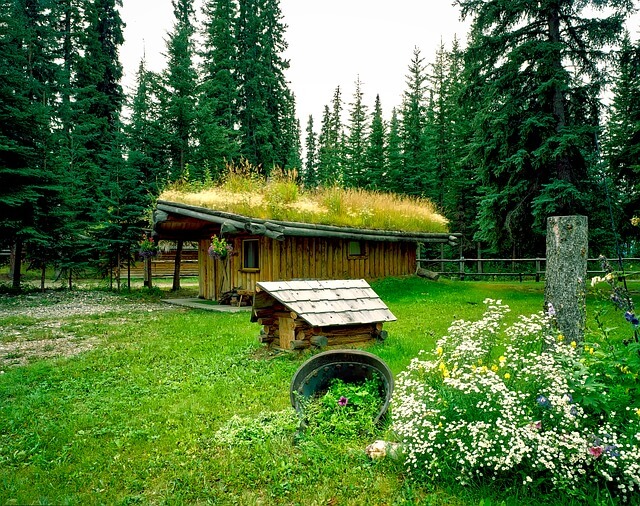
2. Parks and Plants
Speaking of parkland, gone are the days of neatly mown and maintained fields. Why not let the flowers grow?
The Wildlife Trust’s Nature Recovery Network report states that there are 27,000 parks across the country that could be allowed to burst into bloom every spring, bringing beauty and colour and along with a paradise for birds, bees, and butterflies.
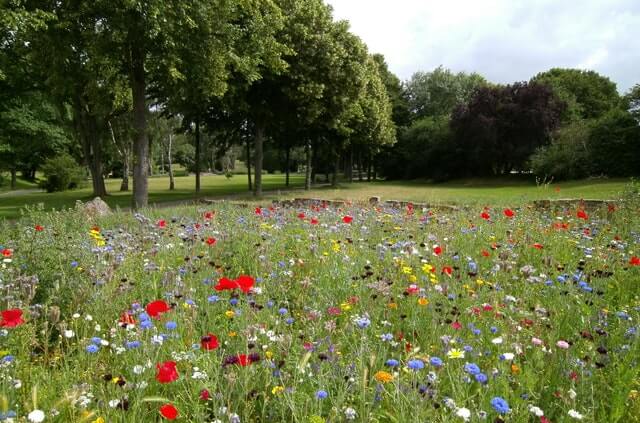
3. Rewilding Roads
Our roads, too, are another area we could allow nature to do its thing. Rewilding our 250,000 miles of road verges could allow nature to safely hop along beside it.
Earlier in the month we delved into the problems associated with roads and wildlife and looked at the solution of wildlife bridges. If we can build more of these we can provide safe passage to larger animals like deer, foxes and badgers that regularly become roadkill.
4. Connecting Fields and Farms
When we talked about forest fragmentation for palm oil plantations, we looked into the problems with monocultures and farming for wildlife, but farmland also has so much potential to welcome wildlife back!
Farmers are already working in the UK to replace fences with hedgerows at field margins. These connect the fields together, providing shelter and hiding spaces for birds and small mammals to move across and live on the land.
Small ponds are another way that we could provide new habitat types on farmland.
5. Stabilising Riverbanks
Tree roots can help to stabilise riverbanks. As can fencing them off from livestock grazing!
This simple move could stop them from collapsing. Animals that use the river can easily move up and down its length. They can hunt, hide, reproduce and migrate without hindrance.
“Finally, you realise what it is. The people. They simply look healthier and happier, more willing to talk. There’s less stress and anxiety than there used to be. Children especially seem to understand that the natural world is the foundation of our wellbeing and prosperity; that we depend on it, and it depends on us. Which is, after all, how it is.”
Towards a Wilder Britain– Wildlife Trusts, 2018
One Wild Thing
Whilst most of these changes might seem simple, it will actually take a lot of support from local and national government if it’s going to work. In a project that spans a whole country, there are a whole lot of stakeholders to get on board, tonnes of funding to acquire and co-operation to inspire in spades.
Action will only be taken if those stakeholders, especially government, know that it’s supported by UK citizens. We have to show them it’s what we want!
Show your support by signing your name on the Wilder Future website then share with friends using the hashtag #wilderfuture



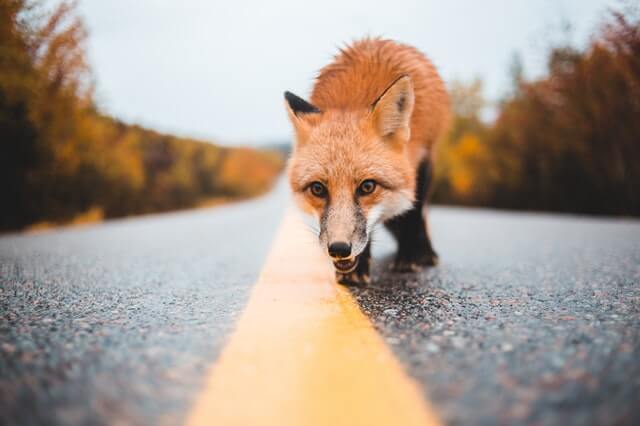
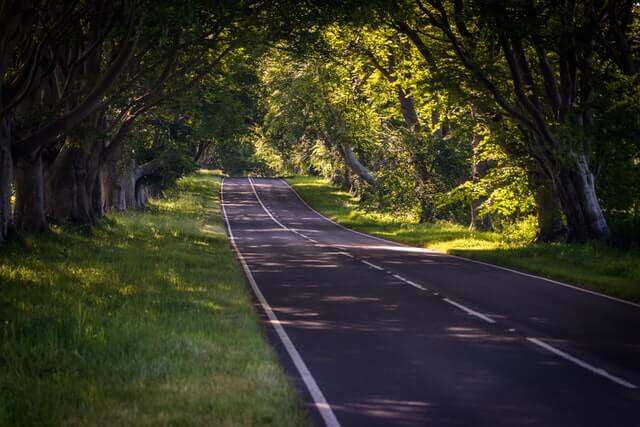
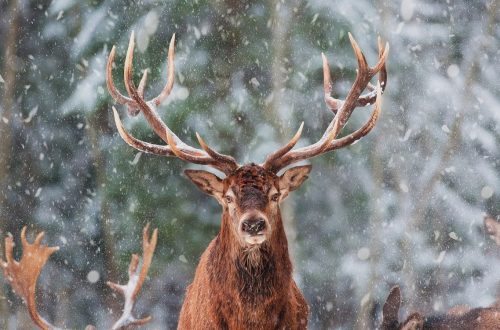
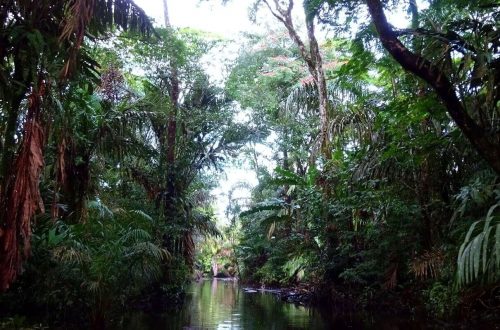
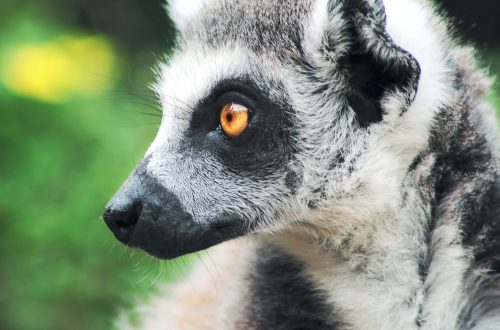
One Comment
Pingback: